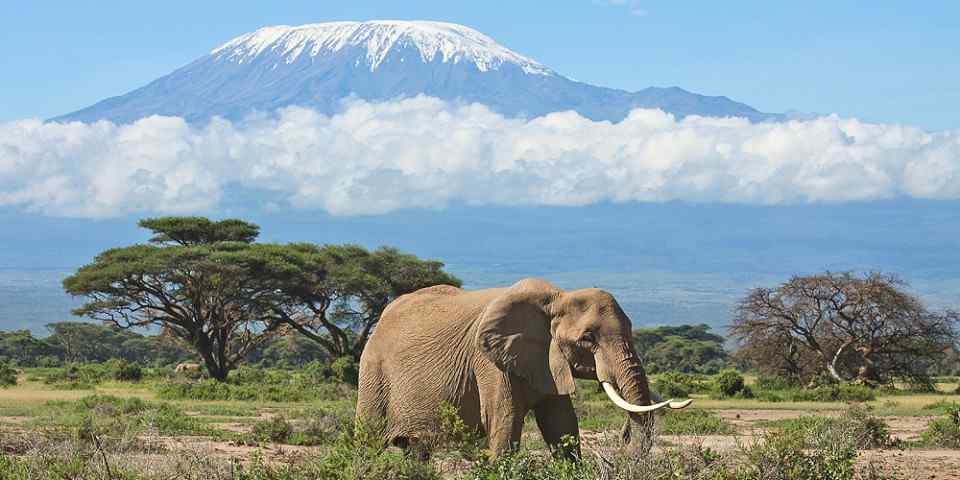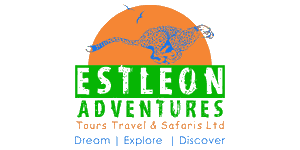
10 Interesting Kalahari Desert Facts
 By Harriet Nimmo
By Harriet Nimmo
Harriet is a zoologist with more than 20 years’ experience. She has the privilege of working with the world’s top wildlife photographers and photo-guides.
The Kalahari Desert is a large semi-arid sandy savannah in southern Africa. One of the most interesting Kalahari Desert facts is that it is not a desert in the strictest sense of the word, as it receives too much rainfall. However any rain filters rapidly through the vast expanses of sand, leaving nothing on the surface, turning the Kalahari into the ‘thirstland’. The name ‘Kalahari’ is derived from the Tswana word Kgala, meaning ‘the great thirst’, or Kgalagadi, meaning ‘a waterless place’.
The Kalahari is home to a number of game reserves. These include Central Kalahari and adjacent Khutse Game Reserves in Botswana. In the Kalahari’s north, there are the Makgadikgadi Pans and Nxai Pan National Parks. It also includes the Kgalagadi Transfrontier Park which combined South Africa’s Kalahari Gemsbok National Park and Botswana’s Gemsbok National Park to create Africa’s first Peace Park in 2000.
1. Is the Kalahari Desert Hot or Cold?

The temperatures in the Kalahari Desert are extreme, with summers being very hot while winter temperatures can go below zero degrees Celsius at night. This is a result of the Kalahari’s relatively high altitude and predominantly clear, dry air.
2. What Is the Temperature Range in the Kalahari?

In summer, temperatures can reach 45°C (115°F); on winter nights, lows can drop to –15°C (7°F).
3. How Large Is the Kalahari Desert?

The Kalahari Desert covers approximately 900,000km² (350,000mi²). It is a gently undulating, sand-covered plain, much of which is covered with grasslands or denser vegetation. All of it is 900m or more above sea level.
4. Why Is the Kalahari a Desert?

One of the most surprising Kalahari Desert facts is that it is not a desert in the strictest sense of the word. It is a semi-desert. The driest areas receive 110–200mm (4.3–7.9in) of rain per year and the wettest can receive more than 500mm (20in) in very wet years.
Traditionally, an area is classified as a desert if it receives less than 250mm (10in) of rain annually. A more accurate definition of a desert is a region in which ‘the evaporation rate is twice as great as the precipitation’. This is true for the southwestern half of the Kalahari. The northeastern portion, however, receives much more rainfall and, climatically, cannot qualify as a desert; and yet, it is totally lacking in surface water. This is because rain drains instantly through the deep sands here, leaving the substrate completely devoid of moisture.
5. What Countries Make Up the Kalahari?

The Kalahari Desert covers much of Botswana, the eastern third of Namibia and the northernmost part of the Northern Cape Province in South Africa.
6. What Wildlife Can Be Found in the Kalahari?

The wildlife found in the Kalahari Desert must be able to survive the arid conditions. The wetter north has a richer and greater variety of wildlife than the dryer south.
Arid-adapted game includes springbok, gemsbok (oryx), wildebeest, kudu, steenbok and duiker. The Kalahari is home to desert specialties such as meerkat, bat-eared foxes, cape fox and brown hyena. Perhaps unexpectedly, all three African big cats can be found here – cheetah, leopard and the famous black-maned Kalahari lions.
Birdlife includes the secretary bird, Kori bustard, ostrich and a variety of birds of prey, including the martial eagle, giant eagle owl, falcons, goshawks, kestrels and kites. The landscape is dotted with huge nests of sociable weavers, built precariously on trees and telegraph poles.
Many reptiles also live in the Kalahari, including Cape cobras, puff adders, and numerous lizard species. Remarkably some amphibians are also able to survive here, including the bushveld rain frog and the tremolo sand frog. It is incredible to hear the frog chorus commence as soon as the rains arrive.
7. What Kinds of Plants Are in the Kalahari?

The dryer southwestern Kalahari Desert has few trees or large bushes – just scattered drought-tolerant shrubs and grass tussocks. Hoodia cactus grows here, used for thousands of years by the San people to ease hunger and thirst. Other edible plants found here include tsamma melons and gemsbok cucumbers – used by both animals and humans.
The central Kalahari, with more rain, has scattered trees (several species of acacia) and more shrubs and grasses. In the wetter north and east, there are woodlands mainly made up of camelthorn acacias. Endemic to the Kalahari, the camelthorn is a crucial part of the desert ecosystem, producing nutrients that encourage other plants to grow around its base and providing shade for animals. Other trees that grow in this area include shepherd’s tree, blackthorn and silver cluster-leaf.
8. What Type of Desert Is the Kalahari?

The Kalahari Desert is a large semi-arid sandy savannah. Even where the Kalahari ‘desert’ is dry enough to qualify as a desert in the sense of having low precipitation, it is not strictly speaking a desert because the ground cover is too dense.
9. How Is the Kalahari Related to African Deserts?

The Kalahari is the southernmost ‘desert’ in Africa. It is the sixth biggest ‘desert’ by area on Earth and the second biggest in Africa after the Sahara. In the southwest, it merges with the Namib, the coastal desert of Namibia.
10. Where Is the Kalahari Desert?

The Kalahari Desert is in southern Africa, covering much of Botswana, as well as parts of Namibia and South Africa.
Want To Visit the Kalahari Desert?
Click on the button below to compare Kalahari Desert safaris offered by top-rated tour operators.
 By Harriet Nimmo
By Harriet Nimmo
Harriet is a zoologist with more than 20 years’ experience. She has the privilege of working with the world’s top wildlife photographers and photo-guides.
More About This AuthorAfrican Safari Tours
-
![11-Day Tanzania Safari with Zanzibar Beach Break]()
11-Day Tanzania Safari with Zanzibar Beach Break
$9,199 to $12,299 pp (USD)
Tanzania: Private tour
Mid-range Lodge & Tented CampYou Visit: Arusha (Start), Tarangire NP, Lake Manyara NP, Ngorongoro Crater, Serengeti NP, Zanzibar (End)

Wayfairer Travel
4.8/5 – 184 Reviews
-
![9-Day Splendid Unforgettable Luxury Kenya Safari]()
9-Day Splendid Unforgettable Luxury Kenya Safari
$4,128 to $4,799 pp (USD)
Kenya: Private tourLuxuryLodge & Tented Camp
You Visit: Nairobi (Start), Tsavo East NP, Amboseli NP, Lake Nakuru NP, Masai Mara NR, Nairobi (End)

Estleon Adventures
5.0/5 – 134 Reviews
-
![8-Day Great Migration Safari]()
8-Day Great Migration Safari
$3,135 pp (USD)
Tanzania: Private tour
Mid-range Lodge & Tented CampYou Visit: Arusha (Start), Tarangire NP, Central Serengeti NP, Northern Serengeti NP, Serengeti NP, Ngorongoro Crater, Foothills of Mt Kilimanjaro, Arusha (End)

Safari Soles
5.0/5 – 340 Reviews



 Subscribe to our newsletter
Subscribe to our newsletter
 Follow us on Instagram
Follow us on Instagram





